Everything you need to know about specifications and performance - Hyundai i30 2010 - 1.4 (109 Hp)
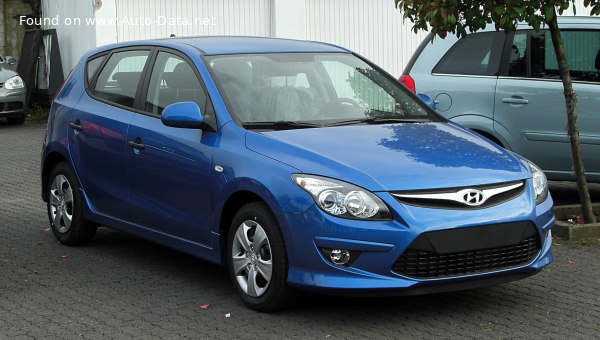
Overview:
What is the engine capacity of a Hyundai i30 2010?
The engine capacity of the Hyundai i30 2010 is 1396.
Hyundai i30 2010 How many horsepower?
The engine power of the Hyundai i30 2010 is 109 Hp @ 6200 rpm..
What is the Hyundai i30 2010 engine?
Hyundai i30 2010 engine is G4FA. (Click to see other cars using the same engine)
How much gasoline does a Hyundai i30 2010 consume?
The Hyundai i30 2010 consumes 6.1 liters of gasoline per 100 km
What is the recommended oil for a Hyundai i30 2010 engine?
The recommended oil for a Hyundai i30 2010 car engine is 0W-30, 5W-30.
What type of camshaft transmission system is used in a Hyundai i30 2010 engine?
chain is used to transmit motion.
General:
Engine:
Performance:
Space:
dimensions:
Powertrain, Suspension and Brakes:
See also
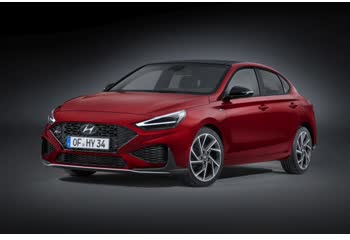
Last generation.
Its production began in 2020 until 2022
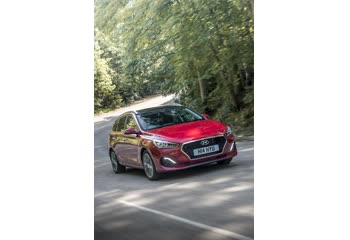
Other generation.
Its production began in 2019 until 2020
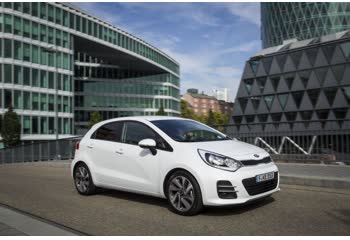
Same engine. (G4FA).
Its production began in 2015 until 2017
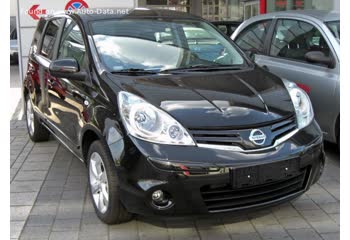
Same production year and almost the same engine capacity.
Its production began in 2010 until 2012
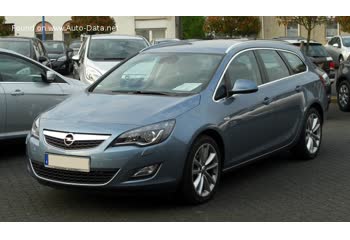
Same production year and almost the same engine capacity.
Its production began in 2010 until 2012
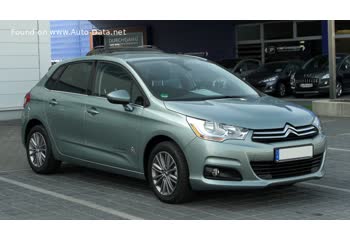
Same production year and almost the same engine capacity.
Its production began in 2010 until 2015

Write a comment